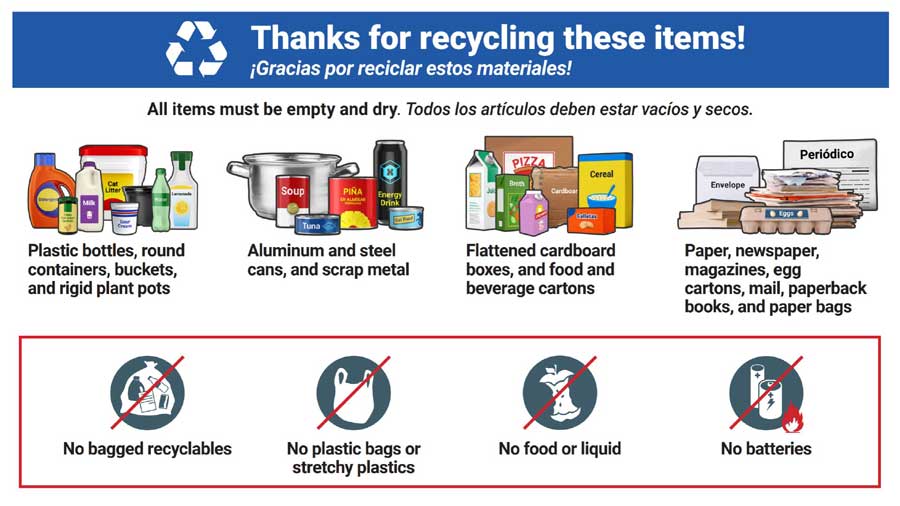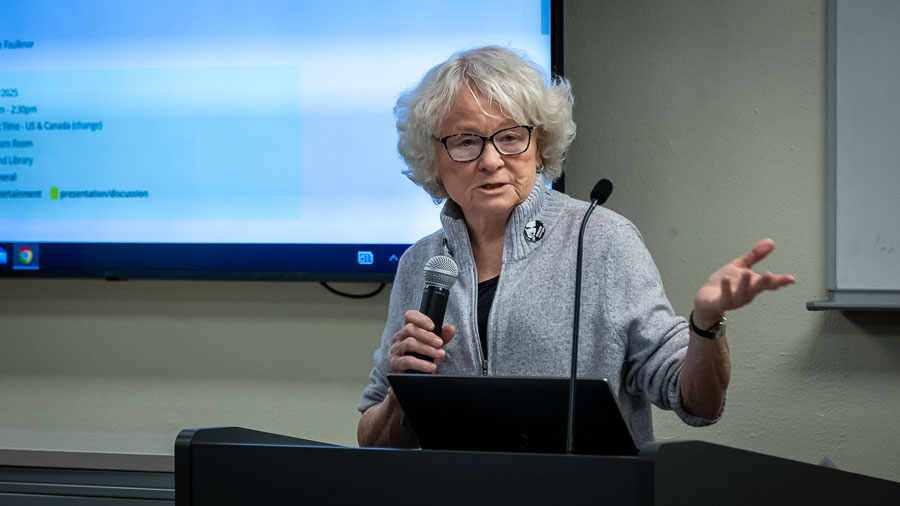OTHER VIEWS: State rule over transportation gains speed
Published 4:45 am Friday, March 1, 2024

- other views logo
All around Bend there are sidewalks to nowhere, patches of sidewalks required by regulations with the best of intentions that do little in the end to connect the city.
It’s a role of local government in transportation that most would not dispute. It might mean ripping up what a person might have thought of as part of their front yard for a sidewalk. But it is government acting within relatively tightly defined limits.
At the state level, there is something going on a grander scale that could remake transportation. It may challenge not only how big Oregon government should be, but how intrusive it should be and also what it should be for.
Oregon is developing a statewide energy strategy to guide future decisions. It’s being worked on now and is supposed to be completed by Nov. 1, 2025.
It could be transformative in transportation in some ways you might like to meet state energy goals and in some ways you might not.
For instance, Oregon already has a goal of a 90% reduction in fossil fuel emissions by 2050.
Transportation fuels made up about 29% of Oregon’s energy consumption in 2020 and most of that was from fossil fuels. So if you want a shift in fossil fuels, one thing to do is change transportation fuels.
Oregon has a rule in place that by 2035 all new passenger cars, SUVs and light duty pickups must be battery electric — or plug-in hybrid. It means consumers, as of today, do have at least two ways to dodge reducing fossil fuels. They can go plug-in hybrid and essentially keep running on gasoline or they could buy a new gas-thirsty vehicle in another state that doesn’t have Oregon’s rules.
Will the new state energy strategy let those holes for consumers stick or aim to close them off?
The Oregon Department of Transportation also has a vision to change the state’s transportation system. One part of that vision includes reducing passenger vehicle miles traveled by 20% by 2050. That would mean more people are using biking, walking or public transportation.
It doesn’t sound awful. More exercise is generally a really good idea, as is not gushing not-good-to-breathe gasses into the air.
But the question is: How energetic will state government be to get us to the goals of the state energy strategy? Should the state implement more rules like the one limiting what passenger cars are for sale and narrow the ranges of choices for Oregonians? Or should it build out a network of chargers so reliable and so in your face that Oregonians don’t hesitate to make the switch to electric vehicles?
It’s not an either/or choice. But they are big choices. They pick way more fights than the decisions that city councilors do when they prioritize neighborhood sidewalks.
And as the state energy strategy develops, we’d bet it will mean more Oregonians are dependent on the state making choices for them about transportation, rather than making choices themselves.










